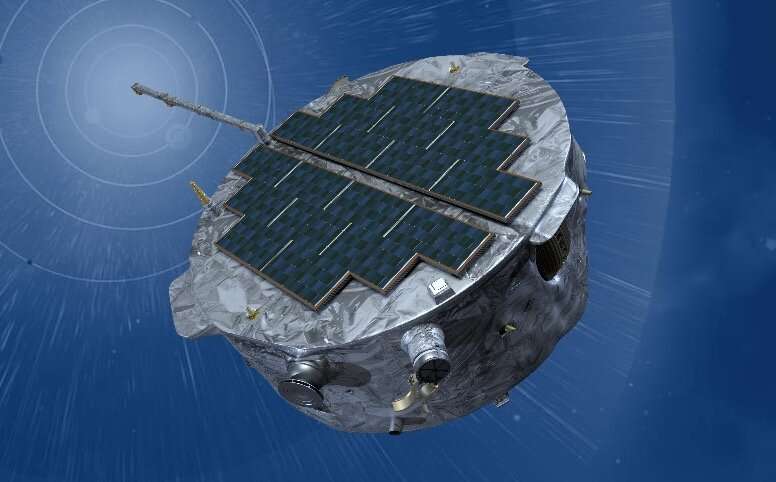"IMAP will help us gain a greater understanding of how our sun interacts with the rest of the solar system," said Susan Pope, director of SwRI's Department of Space Instrumentation and IMAP's payload manager. "IMAP will give us a more complete picture of the interaction between the interstellar medium and the solar wind, providing a better understanding of our place in the universe."
IMAP is designed to help researchers better understand the boundary of the heliosphere, the magnetic bubble created by the solar wind, the constant flow of particles from the sun. The bubble surrounds and protects our solar system, limiting the amount of harmful cosmic radiation entering the heliosphere. IMAP instruments will collect and analyze particles that make it through the barrier.
Additionally, the mission will examine the fundamental processes that accelerate particles throughout the heliosphere and beyond. The resulting energetic particles and cosmic rays can harm astronauts and space-based technologies.
The Institute is providing the CoDICE instrument, which combines the capabilities of multiple instruments into one patented sensor. CoDICE will measure the distribution and composition of interstellar pickup ions, particles that make it through the "heliospheric" filter. It will also characterize solar wind ions as well as the mass and composition of highly energized solar particles associated with flares and coronal mass ejections.
SwRI is a key member of the teams for the IMAP-Hi and IMAP-Lo instruments, responsible for the detector on the IMAP-Hi and the conversion subsystem on the IMAP-Lo. SwRI is also building high-voltage power supplies for the Solar Wind Electron (SWE) instrument, which measures the distribution of thermal electrons in the solar wind, and the Global Solar Wind Structure (GLOWS) instrument, a non-imaging photometer that will observe the structure of the solar wind.
Additionally, SwRI is providing digital electronics for four IMAP instruments.
"Most of the instruments have completed their engineering model testing and have started fabricating their flight hardware," Pope said. "All instruments are scheduled to be delivered to the Johns Hopkins University Applied Physics Laboratory for installation on the spacecraft between December 2023 and February 2024."
Provided by Southwest Research Institute



